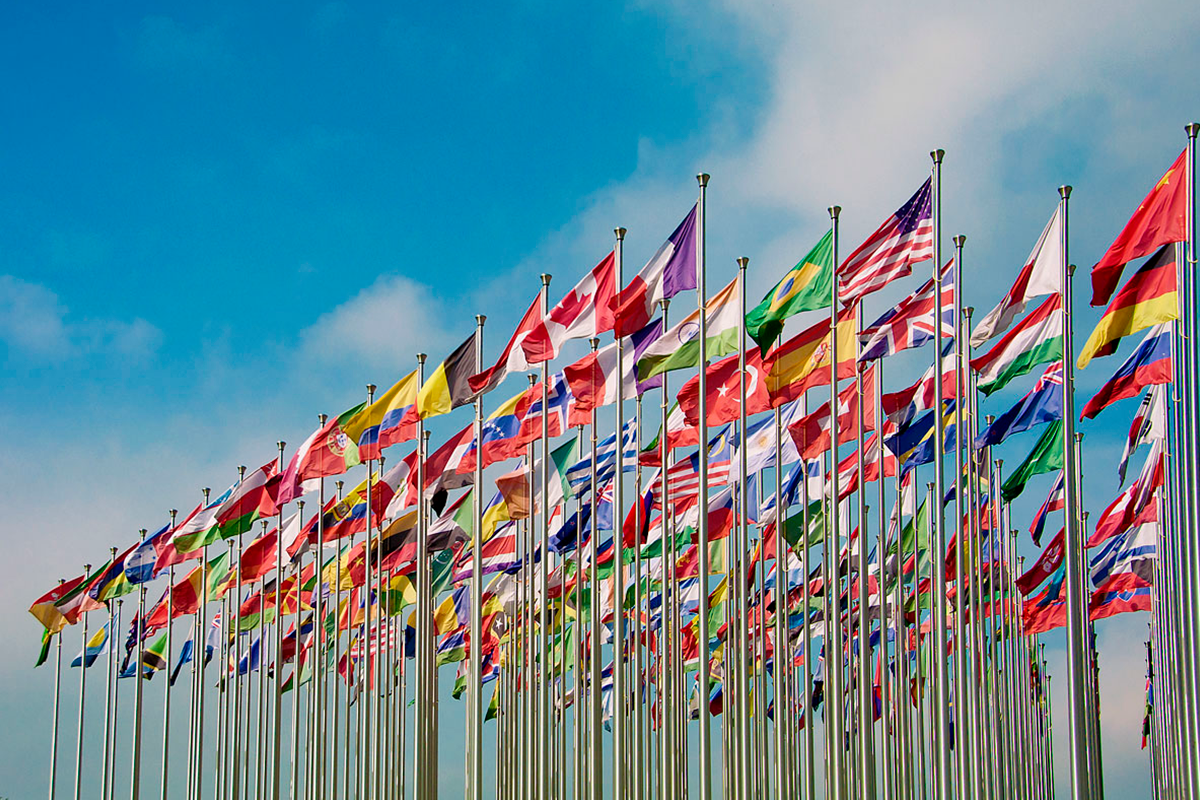Cultural diplomacy has become an increasingly significant tool for fostering international relations and understanding in the 21st century. It involves the exchange of ideas, values, traditions, and other cultural aspects between nations and peoples to strengthen relationships, enhance socio-cultural cooperation, and promote national interests.
Cultural diplomacy in the 21st century is a multifaceted approach that leverages the power of culture to build bridges between nations, address global challenges, and enhance mutual understanding. It has become an essential component of international relations, adapting to the digital age and the complexities of a globalized world.
Interestingly the advent of the internet and social media platforms has revolutionized cultural diplomacy by enabling instant communication and cultural exchange across the globe.
Countries and organizations increasingly lean towards digital platforms to promote their culture, values, and policies to a global audience. This includes virtual cultural events, online exhibitions, and social media campaigns.
Nations have mastered the art of using cultural diplomacy as a form of soft power to influence other countries in the current times. This includes promoting language, arts, education, and sports to build a positive national image and foster goodwill.
Educational and exchange programs, scholarships, cultural festivals, and artistic collaborations facilitate mutual understanding and appreciation between nations. Cultural diplomacy has also played a dynamic role in addressing global challenges such as climate change, human rights, and public health.
Collaborative cultural initiatives have the potential to drive collective action, promote dialogue between different cultures help resolve conflicts, prevent misunderstandings, and build peaceful coexistence.
Moreover, Cultural heritage and creative industries are significantly contributing to economic growth where countries are seen promoting their cultural assets to attract tourists, generate revenue, and create jobs including the export and exchange of cultural goods and services, such as films, music, fashion, and cuisine, enhance economic ties and cultural influence.
Furthermore, Cultural diplomacy involves not only governments but also the public and civil society through public diplomacy initiatives and people-to-people connections that strengthen international relationships. Language and Cultural Institutes like the British Council, Confucius Institutes, and Alliance Française are contributing by facilitating public and cultural diplomacy by promoting language learning and cultural exchange.
Also Read: Women’s Contributions in Diplomacy highlighted
Many countries are recognizing the need for an integrated cultural diplomacy woven into their foreign policy strategies, recognizing its importance in advancing national interests and building international partnerships. International Organizations and bodies like UNESCO and the EU are also actively promoting cultural diplomacy initiatives, emphasizing the role of culture in sustainable development and international cooperation.
Initiatives like China’s Belt and Road Project, fostering cultural ties across Asia, Europe, and Africa, K-pop and Korean Wave, and South Korea’s promotion of its pop culture are significant examples of these countries’ global influence and economic growth.
Similarly, US Cultural Programs have historically promoted cultural diplomacy through programs like the International Visitor Leadership Program and American cultural centres abroad.



